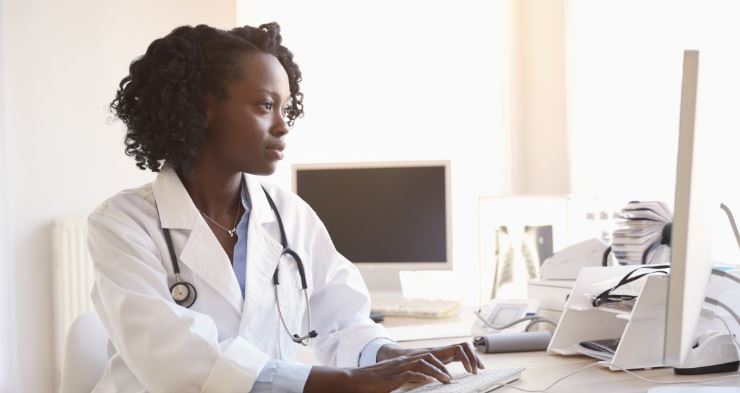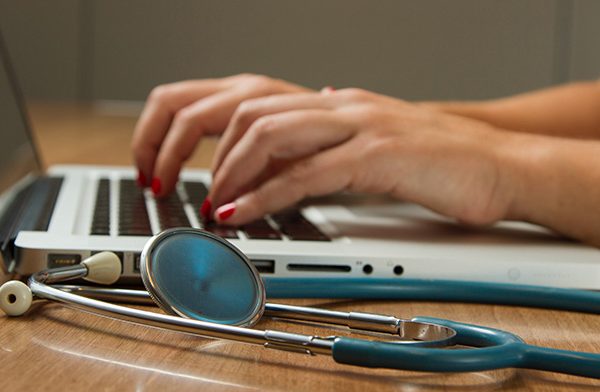
The COVID-19 pandemic has turned the use of healthcare technology on its head. GPs across the UK are now using telephone or video consultations to meet with their patients and maintain social distancing guidelines. In some areas, up to 95% of patient consultations are now being carried out online or over the phone.
Online consultations and the use of online triage solutions have not only helped keep people safe and ease the demand on frontline services during the pandemic, but have also increased the accessibility of services to patients by speeding up the streaming process, identifying sick patients earlier, reducing waiting times and time to treatment and improving the overall patient experience.
As we move through the pandemic the use of these technologies will continue and will inevitably help the NHS deal with the backlog of cases that have built up during lockdown. The potential impact on capacity is already raising concerns with the NHS Confederation estimating that 10 million people will be on the waiting lists by the end of the year.
The knock-on effect of the pandemic in terms of the general health of the population should also not be underestimated. It is likely there will be a larger number of patients living with respiratory and other problems that will need ongoing care at home and will create larger case-loads for district nurses, who were already struggling with the number of patients being discharged into the community.
Given these increasing pressures, the importance of gathering community intelligence is a vital issue that needs to be addressed by healthcare providers and local authorities. CHKS, a provider of healthcare intelligence and quality improvement services has highlighted the need for urgent attention on community intelligence ‘as a catalyst for greater integration of systems and helping to improve health outcomes and quality of care’ to meet the objective of integration set out in the NHS Long Term Plan. This is now even more crucial post pandemic.
This shift towards preventative care and providing more patient care at home will also mean an increase in the use of telehealth and telecare smart technologies. Telecare remote monitoring such as apps, blood pressure machines and devices that measure oxygen in the blood can allow people’s health to be cared for remotely, without introducing unacceptable clinical risk and with less exposure for vulnerable patients.
Home-based, or personal technology fitted with sensors also provides a rich source of patient data for healthcare services and local authorities, giving a more accurate picture of healthcare across the population and highlighting which groups are likely to need more care and funding in the future. Coupled with predictive analysis, this will provide powerful insights to ensure better planning, making personalised care more cost-effective and improving outcomes.
In the future, home-based monitoring is likely to become normalised, with adoption driving costs down while, at the same time, increasing devices’ diversity and functionality. Apps will be used to manage primary care online and to help people manage long-term conditions, innovative assistive technology for example machine learning techniques and artificial intelligence (AI) technology capable of processing, and deriving insights from, huge amounts of data, will be used by local health authorities to help meet care capacity.
These technologies and data insights are already opening the doors to a new kind of healthcare enabling providers to deliver more proactive services and to help predict and manage patients’ needs and access to health services. From a patients’ perspective it means less time spent waiting at hospitals or GP surgeries for treatment and more time for themselves, living independently, with their care and treatments being continuously managed.
Past ways of working will not go completely – human contact will rightly always be necessary for some – but it’s through necessity that the future has been somewhat thrust upon us of late, with a result of the benefits of technology quickly being realised, not in the least for the healthcare sector.



